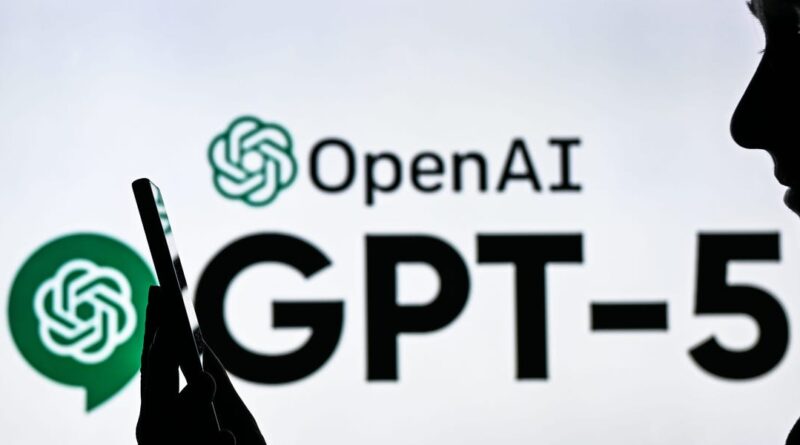GPT-5 is meant for the casual user, not the advanced user. Here's why that's an upgrade.
The AI industry is always talking about breakthroughs in intelligence and benchmark wins, but the biggest story this week is GPT-5 — and how easy it is to use for casual users not paying attention to every development.
OpenAI promotes the new and improved capabilities of every iteration of its flagship model. When OpenAI released GPT-4, it said the model “exhibits human-level performance on various professional and academic benchmarks.” GPT-4.5meanwhile, improved the model’s “ability to recognize patterns, draw connections, and generate creative insights without reasoning.”
GPT-5, OpenAI said on Thursday, marks “a significant leap in intelligence over all our previous models, featuring state-of-the-art performance across coding, math, writing, health, visual perception, and more.”
But one of the features OpenAI executives — and AI experts — are most excited about is what OpenAI calls a “real-time router,” a system that selects the most appropriate model to handle each user request. This is a leap because it means the average user, who might not understand when and why to use a specific modelno longer needs to worry about it. This makes GPT-5 the most user-friendly release yet.
“Previously, you had to go deal with the model picker in ChatGPT,” OpenAI COO Brad Lightcap said in an interview with Big Technology, a tech newsletter, on Friday. “You had to select a model that you wanted to use for a given task. And then you’d run the process of asking a question, getting an answer. Sometimes you choose a thinking model, sometimes you wouldn’t. And that was, I think, a confusing experience for users.”
The benefit is that “GPT-5 abstracts all of that,” he said. “So it makes that decision for you. And it’s actually a smarter model. So you’re going to get a better answer in all cases, regardless of whether you’re using the thinking mode or not.”
Removing this confusion could help OpenAI attract more casual users, adding to the 700 million people the company says are already using ChatGPT every week. More users could ultimately mean more revenue.
Wharton professor Ethan Mollick put it simply in a post he wrote on his Substack on Thursday. “The burden of using AI is lessened.”
“If you actually look at the way free users have used ChatGPT, most of them have actually not experienced the power of the reasoning models,” Lightcap told Big Technology. “They mostly are using GPT 4.0 and they mostly are kind of using it for turn-based — of like very quick back and forth — almost search-like ways.”
So the automatic decision-making feature marks a turning point.
“It’ll be the first time that they’re experiencing a model making a decision about how long to think about a problem and how good of an answer to give relative to how hard the question is. And so we expect that the average user will feel dramatically different,” he said. “Maybe for the kind of upper echelon of power user, it may not feel as different.”





